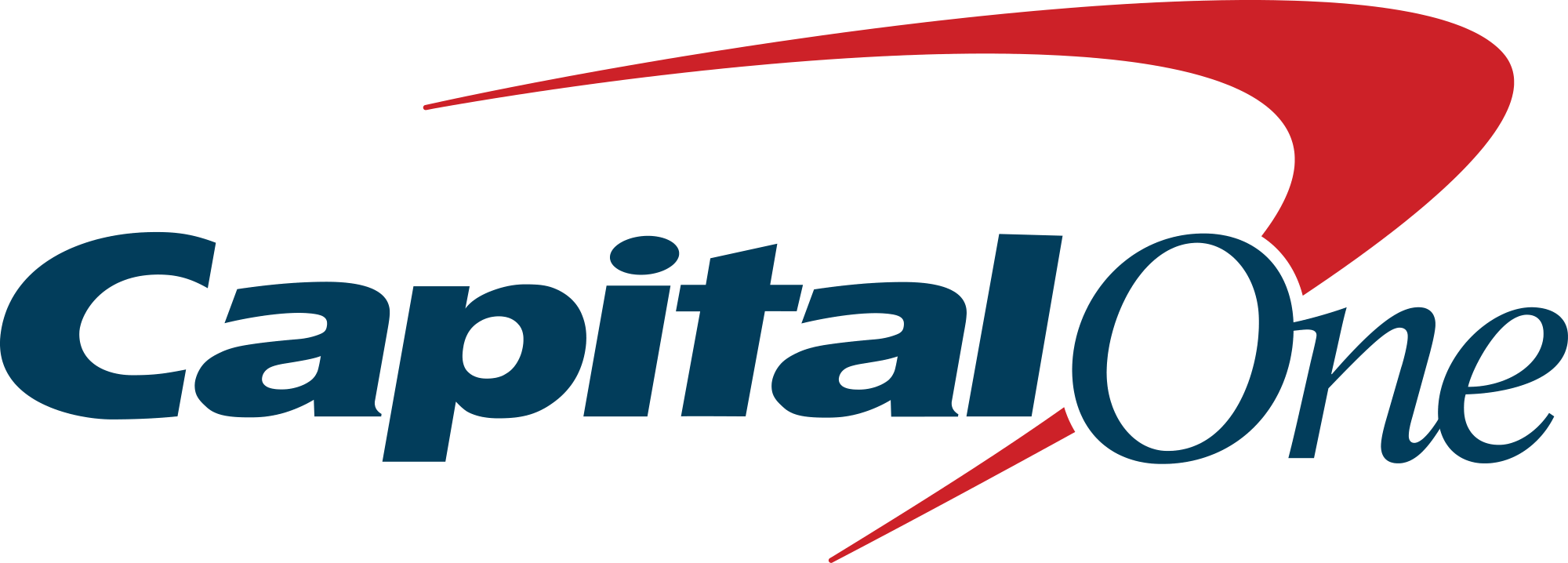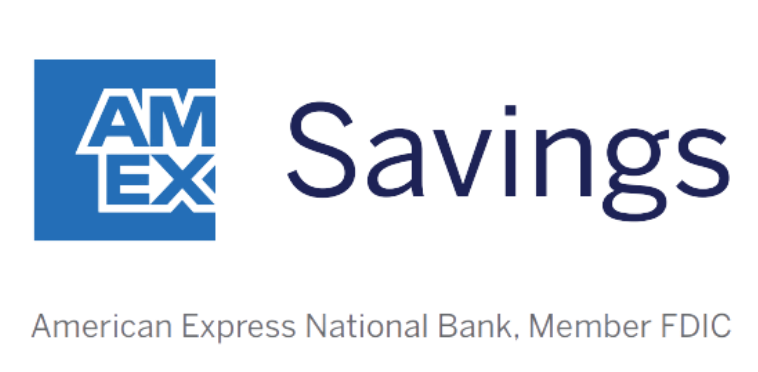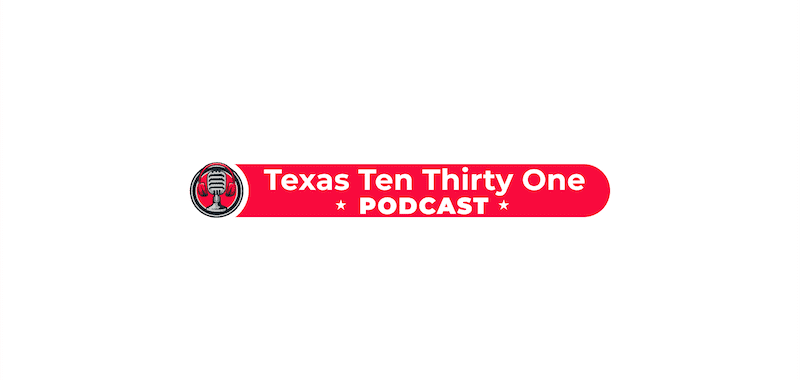In mid-September, the Federal Reserve lowered its benchmark interest rate by half a percentage point. And while that move was good news for people looking to sign loans or mortgages, since these products are now likely to get less expensive, it wasn’t great news for people with money in the bank.
The reason savings account and CD rates have been so strong is that the Fed’s benchmark interest rate was elevated. Now that it’s lower, CD rates are likely to come down.
This doesn’t mean CDs will be worthless as rates drop. But rather than lock in a 5% 12-month CD, your best offer today may be 4.5%. And as the Fed continues with more rate cuts, CDs are apt to start paying less and less over time so that eventually, the rates they’re paying are so low you might as well pass.
For this reason, it’s important to make sure you’re putting the right amount of money into a CD. And if you’re not sure what that is, here are two questions to ask yourself.
Our Picks for the Best High-Yield Savings Accounts of 2024
|
Capital One 360 Performance Savings 
APY 4.25%
|
APY 4.25%
|
Min. to earn $0 |
|
American Express® High Yield Savings 
APY 4.25%
|
APY 4.25%
|
Min. to earn $0 |
|
Discover® Online Savings 
|
Min. to earn $0 |
1. What are my emergency fund needs?
Your emergency fund should be complete before you can think about putting money into a CD. And the best place for your emergency fund is a savings account so you can access your cash as needed.
As a general rule, your emergency fund should contain at least enough money to cover three full months of essential expenses — such as rent, car payments, and food. But it’s not a bad idea to aim for six months’ worth of expenses for extra protection. And in some cases, it could make sense to go beyond that point.
That’s why you need to figure out what emergency fund you’re comfortable with. Once you land on that figure, you can see how much money you have left over for a CD.
As an example, say your essential monthly bills come to $3,000, and you want a six-month emergency fund. If you have $22,000 in savings, you’re left with $4,000 to put into a CD. If you decide you’re content with a four-month emergency fund, you’ve got $10,000 to put into a CD.
2. What do I expect to use the money for?
You may not need to keep all of your money in a savings account. But before you open a CD with the cash you don’t need for emergencies, figure out when you expect to need or use that money.
If you’re thinking you won’t touch it until your 3-year-old is ready to start college, then investing your money makes more sense than putting it into a CD. The stock market’s average return is much higher than what even the most generous CDs today might pay.
With a CD, as mentioned, you may be looking at a return of 4.5%. But over the past 50 years, the stock market’s average annual return has been 10%. So if you’re willing to part ways with your money for about 10 years or more, then putting your cash into stocks is a good idea.
But let’s say you have $22,000 in cash and want $12,000 of that for your emergency fund, leaving you with $10,000. Let’s also say you want to buy a new car in about 18 months and expect to need a $5,000 down payment.
In that case, it pays to open a 12-month, $5,000 CD — so it matures ahead of your expected car purchase date. But if you aren’t reserving the remaining $5,000 for a specific goal, investing it could make sense.
As CD rates continue to fall, you’ll need to make sure opening one is the right choice for you. Think through the questions above before taking that leap, whether you’re opening a 4.5% CD or one that’s going to pay you a lot less interest than that.

